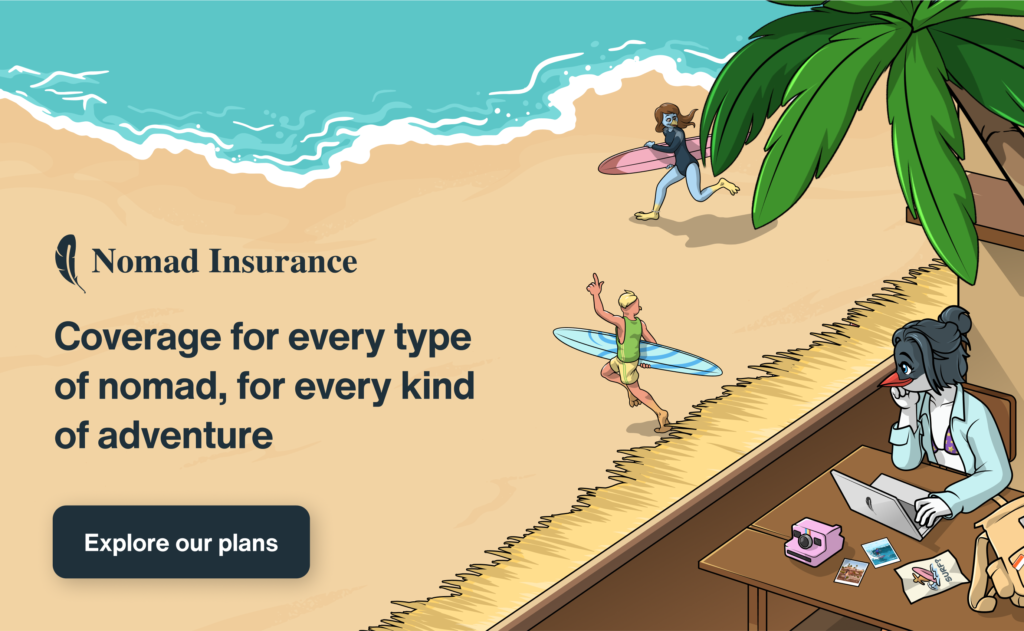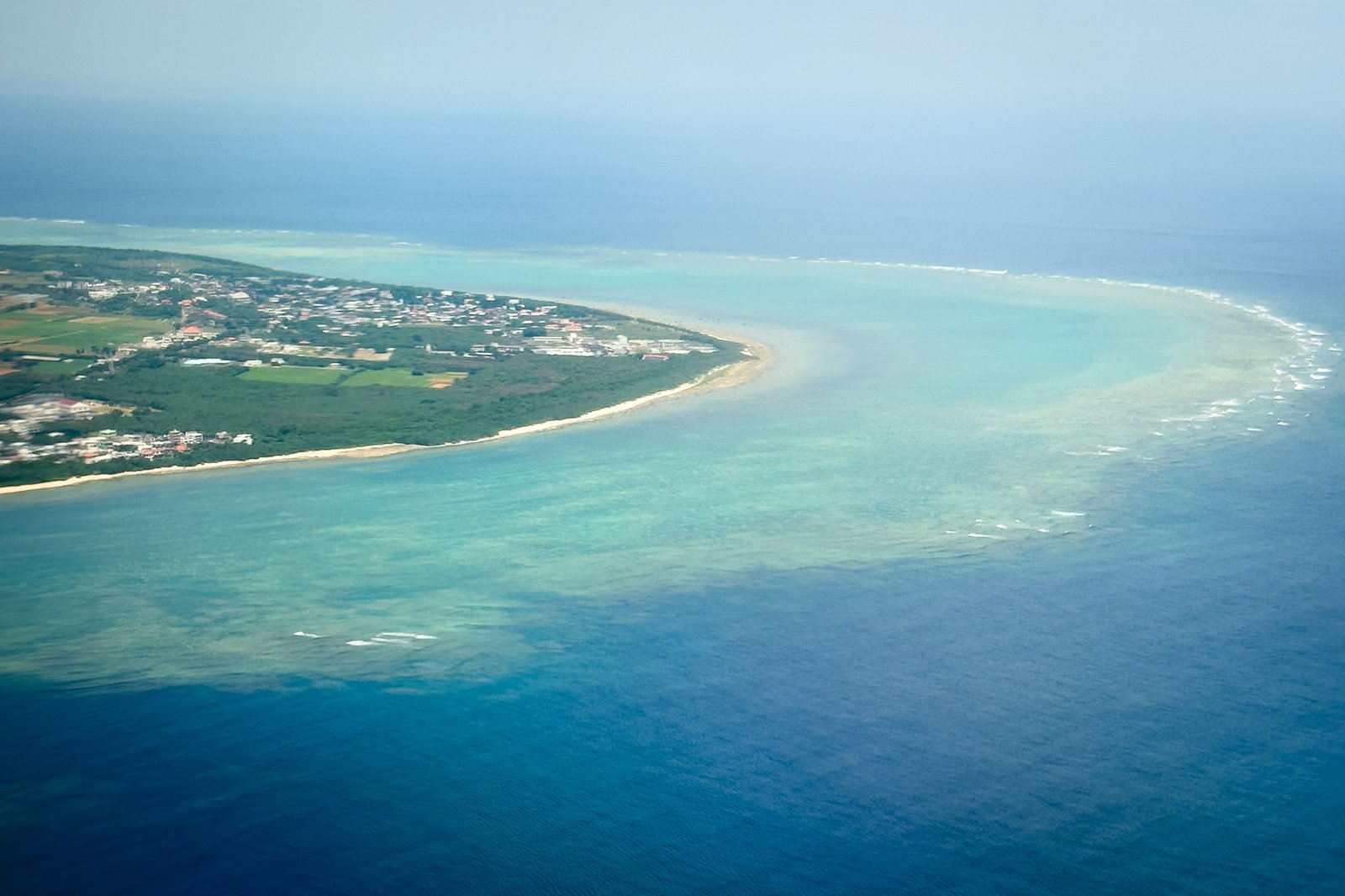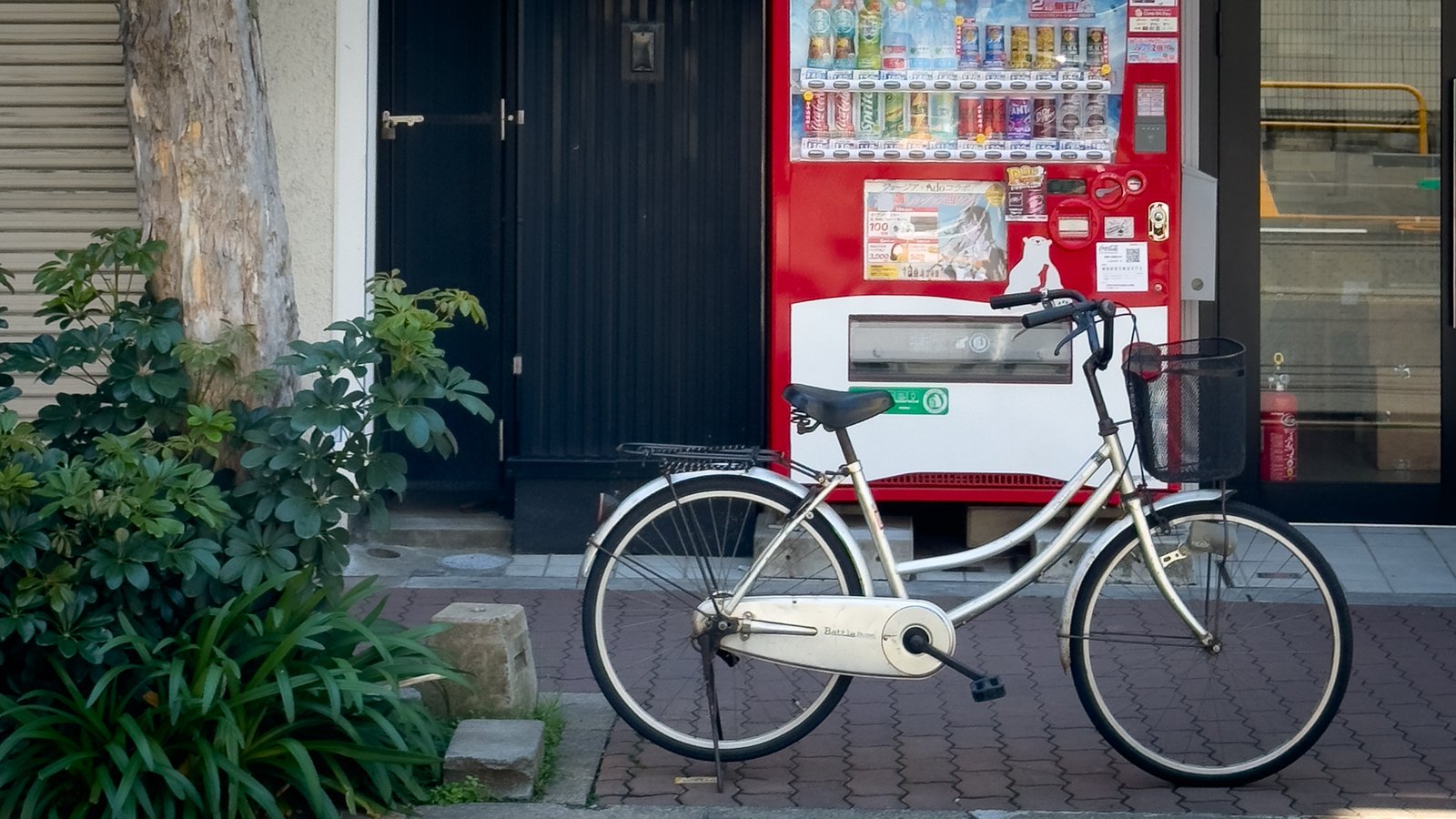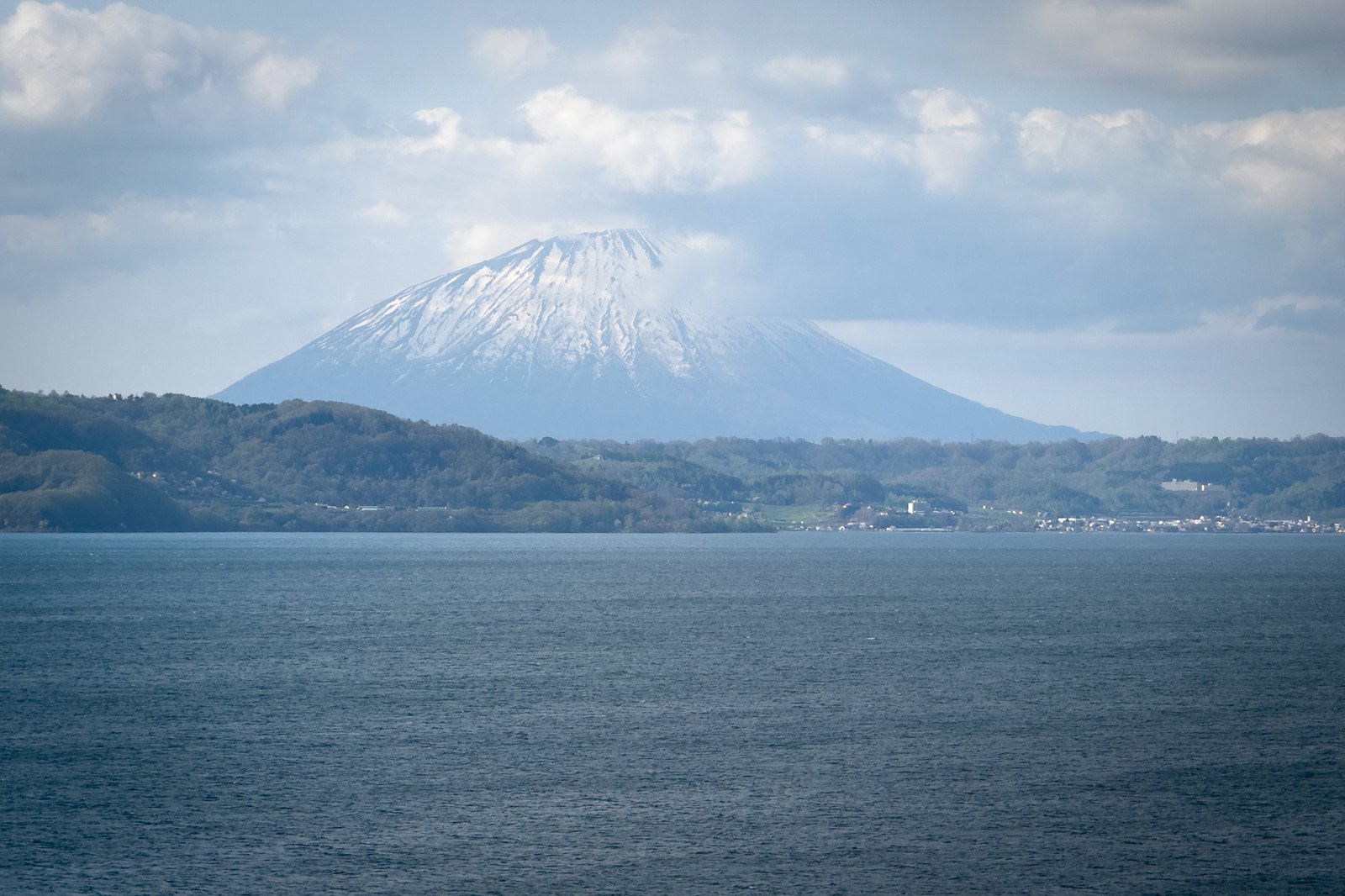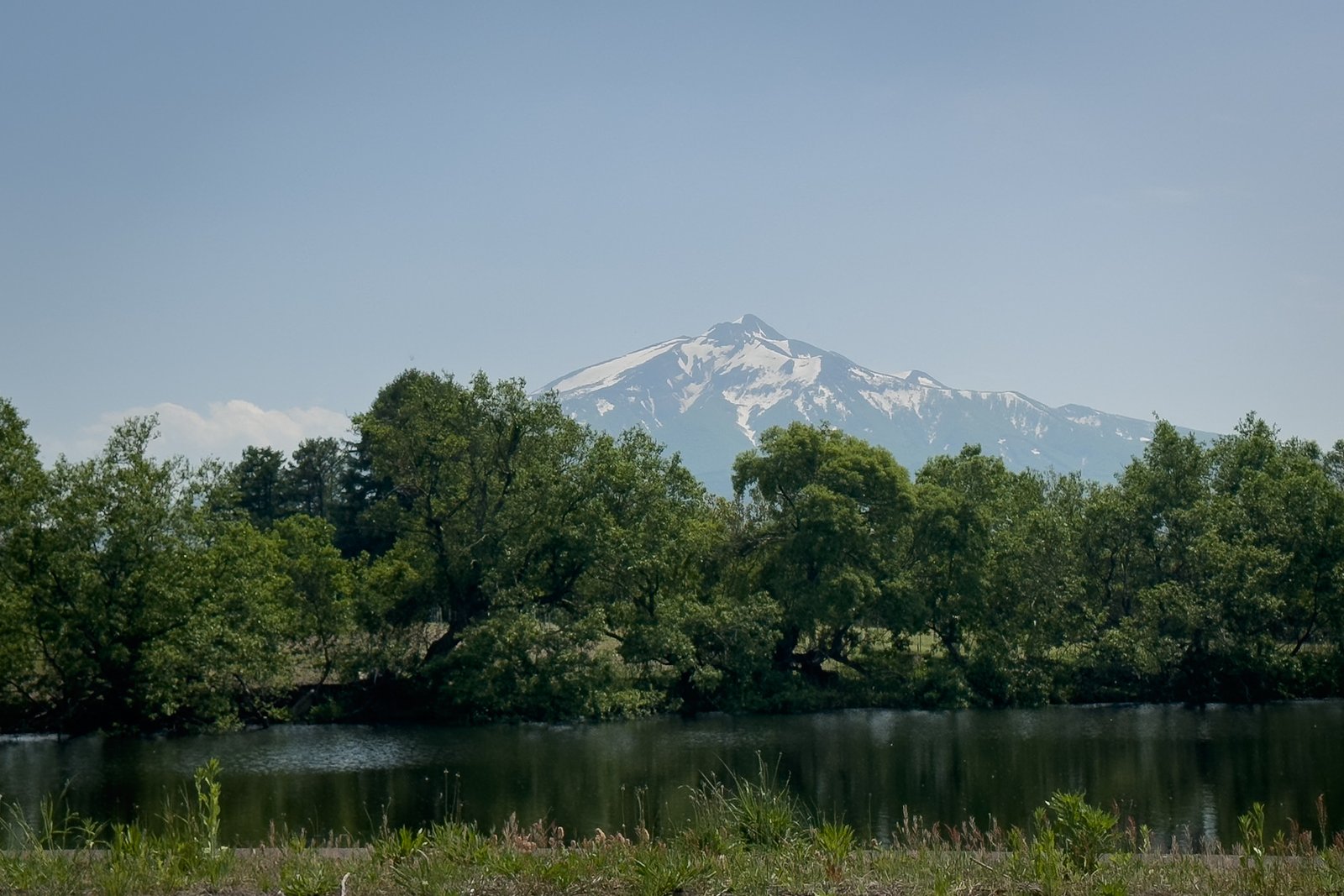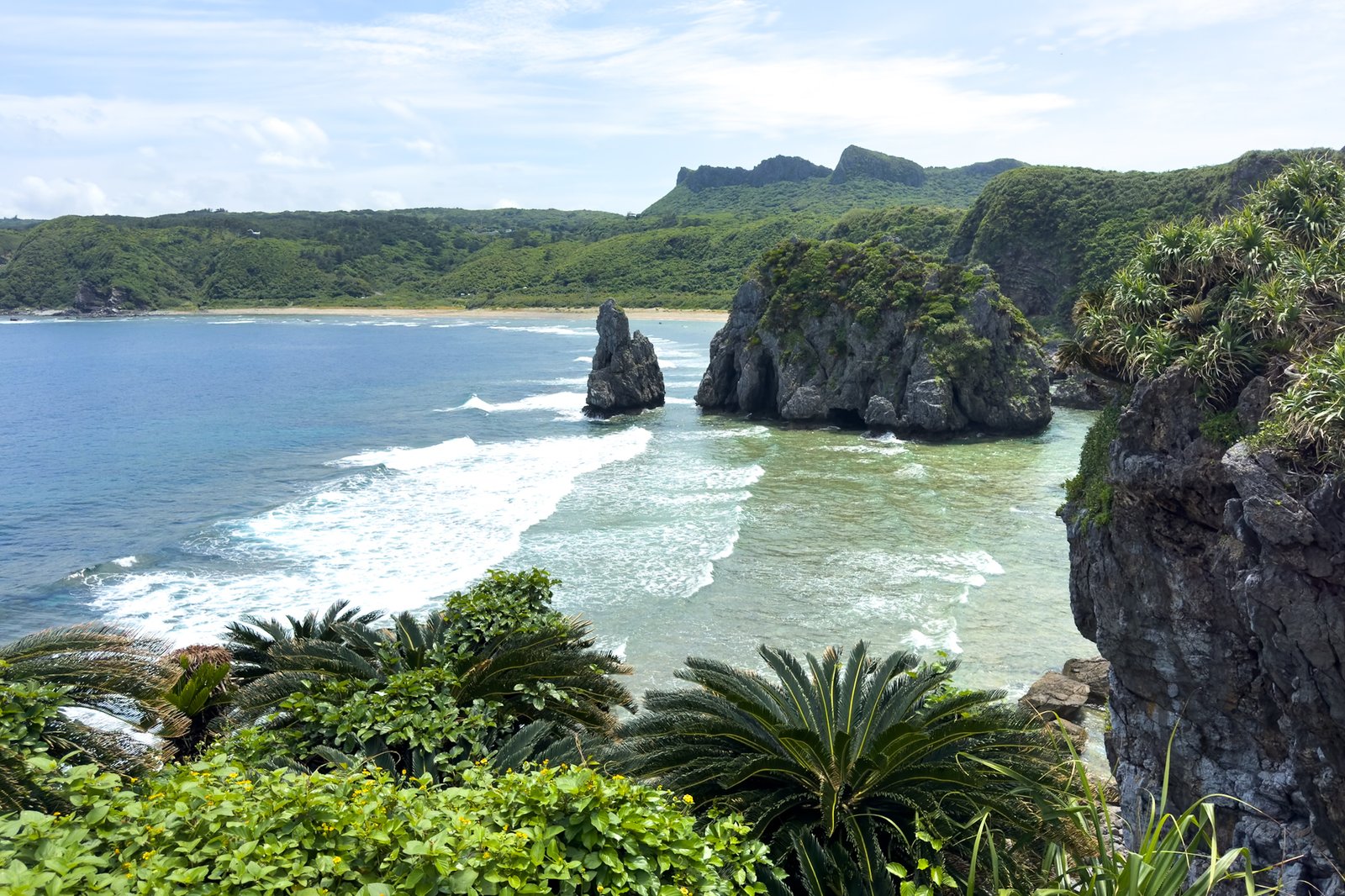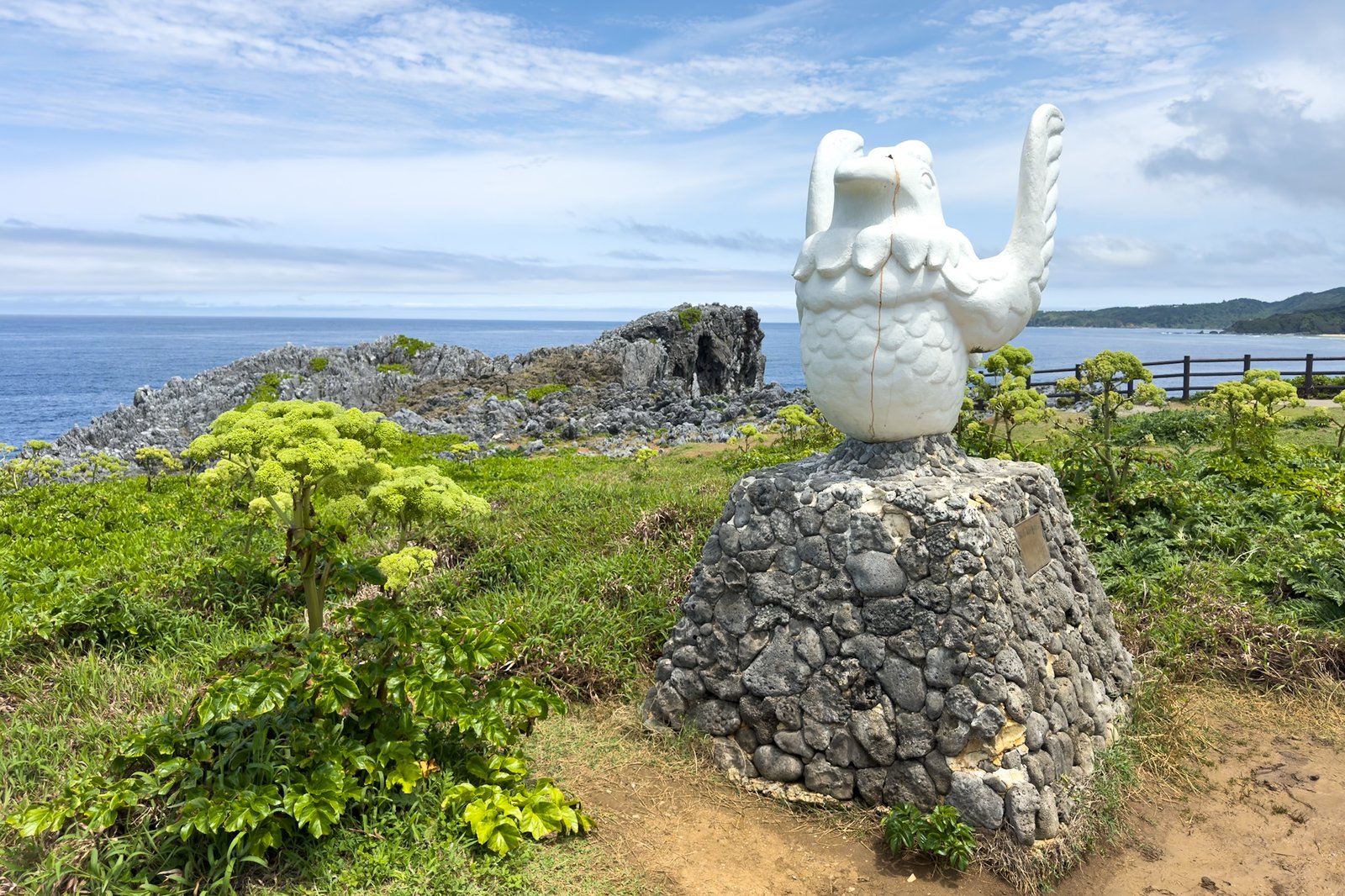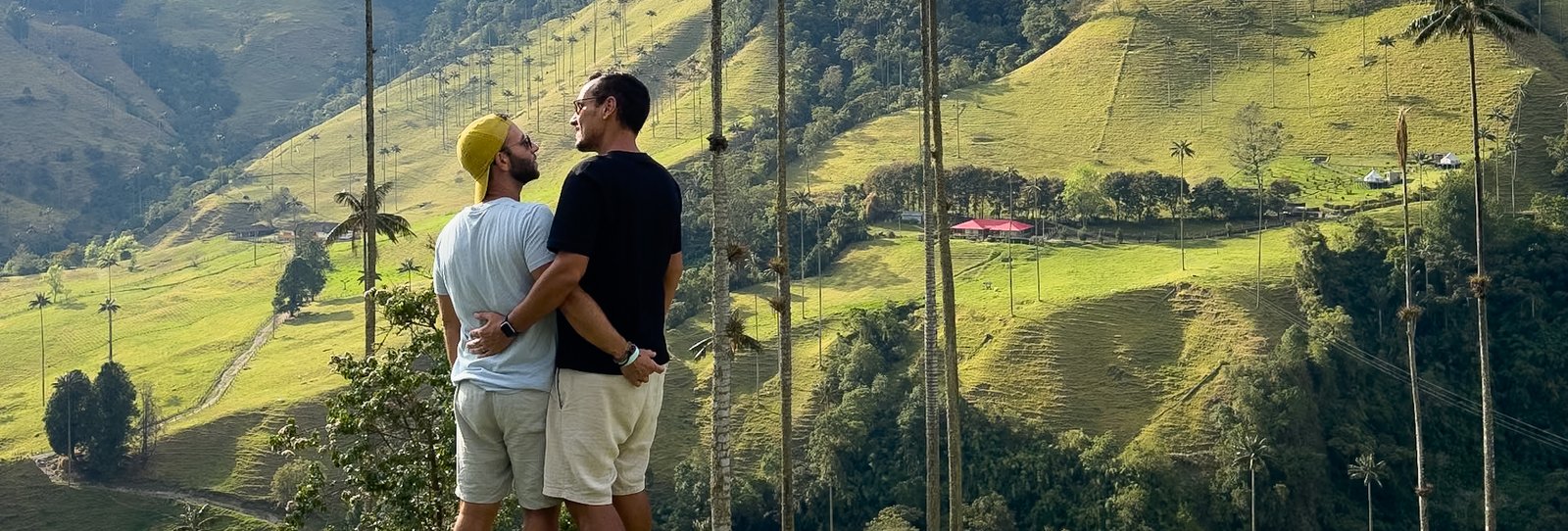Looking for things to do in Kobe? You are in the right place. Kobe was the last city we visited during our third trip to Japan — and also the final stop of our second round-the-world journey. And yes, we know that for many people Kobe is synonymous with wagyu beef, but it wasn’t the steak that brought us here.
We came for the city itself. For its relaxed seaside atmosphere, with modern art, lively shopping areas, nature right nearby, and a history worth discovering. And yes, we also ate very well.
If you’re planning to visit the city and want to know what to do in Kobe, here’s everything we discovered — and why it seemed like the perfect place to end this great journey.
Table of Contents
If you’re looking for where to stay in Kobe, don’t forget to check our guide with the best hotels and areas in the city.
How long to stay in Kobe?
We stayed for three nights, with two full days to explore the city (on the last day we left early for the airport). It was the right amount of time to get to know Kobe at a relaxed pace, without rushing, and still fit in a half-day trip to Himeji Castle.
How to get to Kobe
- From Kyoto or Osaka, you can use the local JR or Hankyu lines (no need for shinkansen); You can buy train tickets in Japan online.
- If you have the JR Pass, the Shin-Kobe station is connected to the shinkansen line;
- The city also has its own airport, Kobe Airport, with domestic flights.
What to do in Kobe: 12 suggestions with map
Meriken Park

Located by the sea, it was our starting point in Kobe. Meriken Park is a modern park with outdoor art and plenty of space to relax. It’s also a memorial to the 1995 earthquake — there’s a section of the pier left in ruins on purpose. It was there that we first saw the iconic Port Tower and the “Be Kobe” sign.
“Be Kobe”
Since 2017, the “Be Kobe” sign has become one of the most photographed spots in the city. But it’s not just about aesthetics: it was created as a symbol of resilience after the great earthquake. It’s simple but very meaningful.
Kobe Port Tower

The Port Tower is the symbol of the city, standing 108 meters tall with the shape of a Japanese drum. We went up in the late afternoon and stayed until sunset — the views of the port and city lights are truly impressive.
Kobe Maritime Museum
Right next door is the Maritime Museum, which we visited on a rainy morning. We learned a lot about Kobe’s port and the city’s relationship with the sea — and also about Kawasaki Heavy Industries, which has an entire wing dedicated to motorcycles, trains, and Japanese technology.
Kobe Chinatown (Nankin-machi)


We didn’t expect to find such a vibrant Chinatown. Nankin-machi is compact but has dozens of stalls and restaurants. It’s a perfect spot for lunch or street food snacks — with highlights including nikuman (stuffed buns).
Motomachi Shopping Street


Motomachi is right next to Nankin-machi and stretches for over 1 km. It’s a covered street with traditional shops, modern boutiques, cafes, and lots of life. Ideal for strolling leisurely and absorbing the local vibe.
Kobe Harborland

This waterfront area was one of our favorites in Kobe. Harborland combines shopping centers (like Umie), restaurants with views, and a Ferris wheel. At night, the lighting transforms the area, creating a romantic and relaxed atmosphere.
Sannomiya Hondori Shopping Street
Another commercial street we loved: Sannomiya Hondori is a perfect example of everyday Japanese life. It’s ideal for seeing how locals live, among ramen restaurants, game shops, and small businesses.
Nunobiki Falls
Yes, there are waterfalls right in the city. You can walk from Shin-Kobe station to Nunobiki Falls on a short and easy trail. The greenery, the sound of water, and the contrast with the city made it one of the highlights of our visit.
Kobe Nunobiki Herb Gardens & Ropeway
The cable car ride up to the Herb Gardens offers stunning views. The garden has over 200 plant species, themed areas, and cafes with city views. It’s well worth spending some time there.
Kitano Ijinkan-Gai
This historic district is a surprise. In the late 19th century, several foreigners settled here and built Western-style houses. Today, many of these mansions are open to the public as part of Kitano Ijinkan-Gai. It’s like traveling back in time within Japan.
Ikuta Jinja


Ikuta Shrine is one of Japan’s oldest shrines. Located in the city center, it’s known for attracting people seeking success in relationships. When we visited, the cherry blossoms were in bloom — an image that stayed with us.
Bonus: A side trip to Himeji Castle


Just 40 minutes by express train, Himeji Castle is one of Japan’s most impressive castles. We went there one morning and returned in time for dinner in Kobe. The white architecture, history, and green surroundings make this visit a classic that’s still very worthwhile.


On the way from the station to the castle or vice versa, explore the side streets with many interesting cafes and bakeries like Lamp Bakery that we discovered by chance in an alley.
Where to eat in Kobe


S.B. DINER KOBE
If you like burgers, don’t miss S.B. DINER. With wagyu beef grilled over charcoal, artisanal bread, and creative combinations, it was one of our most memorable dinners in Kobe.
Gyozas at Ikkyu Kobe Mosaic
Kobe has a unique tradition of gyozas with miso sauce — and Ikkyu, at Kobe Mosaic, is the perfect place to try them. The flavor is different from anything we’ve eaten elsewhere in Japan.
Isuzu Bakery
Isuzu Bakery is a historic local bakery, famous for its mountain-shaped loaf bread. Perfect for a light breakfast or afternoon snack, with Japanese sweets and fresh bread.
Gyukatsu Kyoto Katsugyu
We’ve eaten gyukatsu in many places in Japan — from Kyoto to Osaka — but Gyukatsu Kyoto Katsugyu remains our favorite. In Kobe, we found another location of this chain that never disappoints: tender beef, crispy breading, and that delicious ritual of grilling on stone to our liking. For us, it’s impossible to pass through a city with a Katsugyu and not stop there. It’s simple, quick, and absolutely addictive.
Practical tips for exploring Kobe
- If you use the JR Pass, focus on local lines to avoid extra costs (the shinkansen stops at Shin-Kobe, but isn’t always necessary).
- The city is quite compact, and most places can be visited on foot or with public transport.
- Use a light backpack and consider bringing water — especially if visiting the Herb Garden or waterfalls.
- Avoid visiting on Sundays if you don’t like crowds, especially in Nankin-machi and Harborland.
FAQs: Frequently asked questions about what to do in Kobe
How many days are enough to visit Kobe?
Two full days are ideal to explore Kobe at a relaxed pace, visit the main sights, and even take a side trip to Himeji Castle.
Is Kobe worth visiting even without eating wagyu beef?
Yes, absolutely. The city has much more to offer — art, history, nature, street food, and a relaxed atmosphere different from other Japanese cities.
Is Kobe a good base for visiting other cities?
Yes. It’s close to Osaka, Kyoto, and Himeji, making Kobe an excellent base for exploring the Kansai region with comfort and fewer crowds.
Is the Kobe City Loop Bus worth it?
If you’re visiting many tourist spots in one day, the City Loop can be useful. Otherwise, public transport or walking are more flexible and economical.

